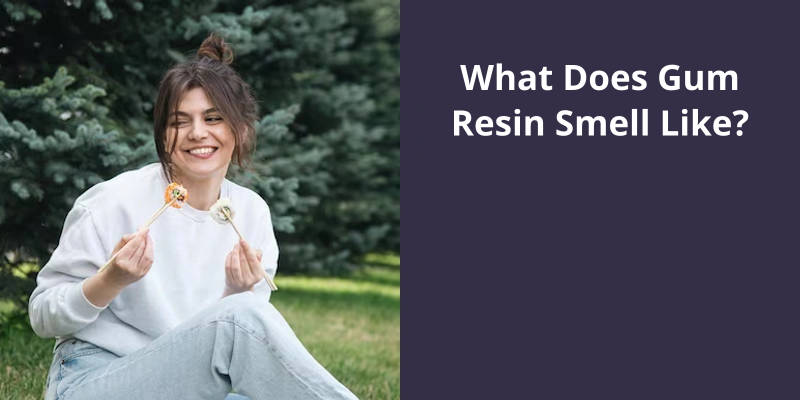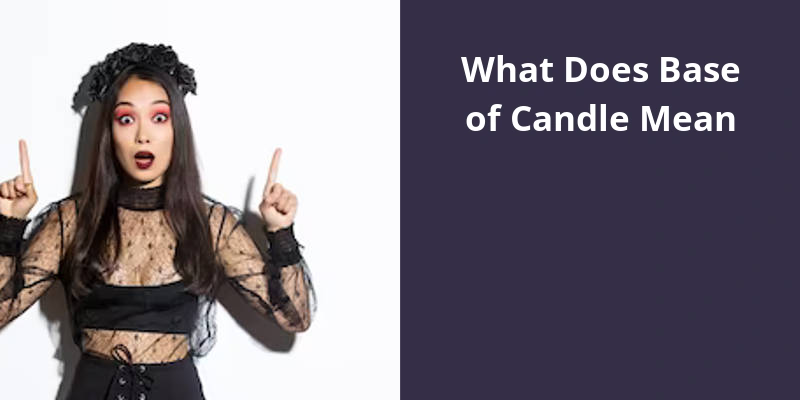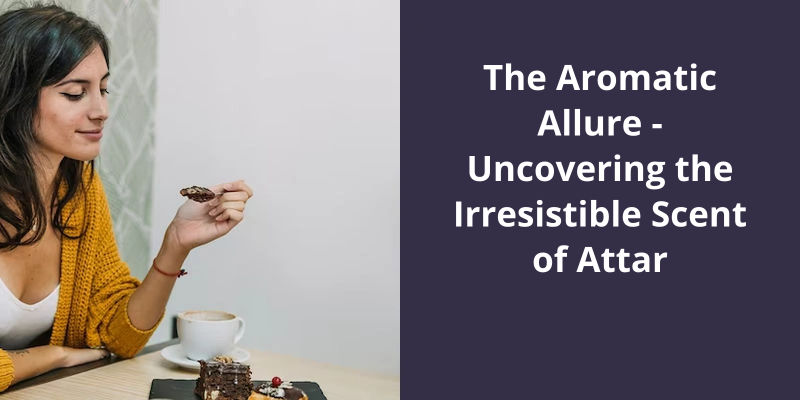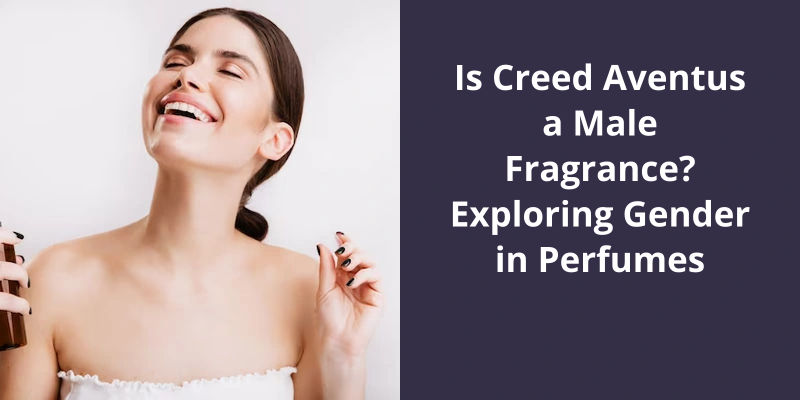EDP, Cologne, and EDT all refer to different types of fragrances, distinguishable mainly by their concentration levels. EDP, or Eau de Parfum, has a high concentration of fragrance, usually between 15% to 20%, and it is long-lasting, typically giving off scent for about four to five hours. Cologne, also known as Eau de Cologne, has much lower fragrance concentration, usually around 2% to 4%, which makes it a lighter scent that usually wears off within a couple of hours. EDT, or Eau de Toilette, falls between the two, having a moderate fragrance concentration usually between 5% to 15%, and is typically noticeable for two to three hours. So, when choosing a fragrance, one may consider EDP for a longer-lasting option, Cologne for a lighter, subtle option, and EDT for something in between.
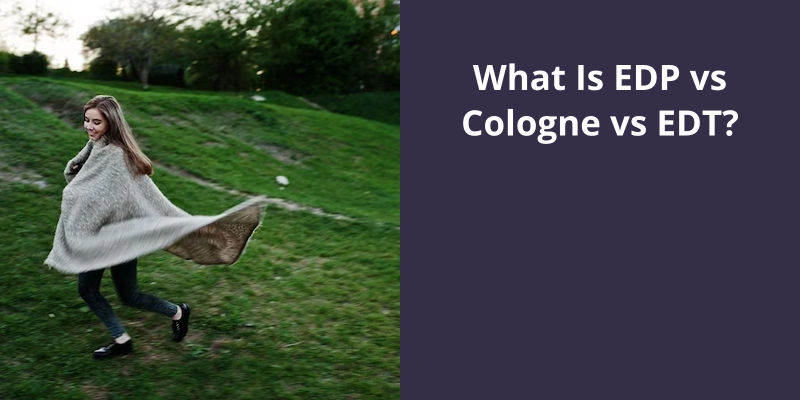
Why Is EDP More Expensive?
The price difference between EDP, cologne, and EDT can be attributed to the concentration levels of fragrance oils in each type. Eau de cologne, being the least concentrated, contains the lowest amount of fragrance oils and therefore comes at a lower price point. Eau de toilette, on the other hand, has a slightly higher concentration of fragrance oils, making it more expensive than cologne. Lastly, eau de parfum boasts the highest concentration of fragrance oils, making it the priciest option.
The higher concentration of fragrance oils in EDP results in a longer-lasting and more potent scent. This makes it a preferred choice for those looking for a fragrance that can last throughout the day. The increased concentration also means that less product is needed during application, contributing to an overall higher value for the customer. With a more intense and long-lasting scent experience, perfume enthusiasts are often willing to pay a premium for EDP.
Additionally, the production process for EDP involves using a higher quality and higher concentration of raw materials compared to cologne or EDT. This adds to the production costs and is reflected in the higher price. Perfume houses invest in sourcing the finest ingredients and ensuring meticulous craftsmanship to create luxurious and sophisticated EDP formulations. These factors further contribute to the higher cost associated with EDP.
Furthermore, brand positioning also plays a role in pricing. EDP is often marketed as a higher-end, luxury product. The perceived exclusivity and prestige associated with EDP allow fragrance houses to justify the higher price point. The brands reputation, marketing efforts, and packaging all contribute to the overall perception of value, thus influencing the pricing strategy.
Factors That Affect the Longevity of a Fragrance
- Quality of ingredients
- Concentration of fragrance oils
- Storage conditions
- Exposure to light
- Temperature fluctuations
- Humidity levels
- Application method
- Skin type
- Body chemistry
- Interactions with other products
- Usage frequency
- Age of the fragrance
- Original packaging
When comparing the cost of fragrances, it’s important to consider the concentration of the scent. EDT, with it’s lower concentration, tends to be more affordable than EDP. EDT is commonly associated with daywear and lasts for about two to three hours, making it popular for everyday use. On the other hand, EDP is often considered a fragrance for special occasions or evenings due to it’s higher concentration and longer-lasting scent.
Is EDT Cheaper Than EDP?
EDT stands for Eau de Toilette, which is a type of fragrance that’s generally cheaper than Eau de Parfum (EDP). The reason for this is that EDTs usually have a lower concentration of fragrance oils, typically ranging from 8% to 12%, whereas EDPs have a higher concentration of oils, usually between 15% and 20%.
Due to it’s lower concentration, EDTs aren’t as long-lasting as EDPs. On average, an EDT fragrance will last between two to three hours on the skin, whereas an EDP can last anywhere from four to six hours or more. This is why EDTs are often associated with daywear, as they may need to be reapplied throughout the day to maintain their scent.
EDTs are generally considered more suitable for casual or everyday use, while EDPs are often seen as more sophisticated or luxurious options for special occasions or evening wear. The higher concentration of fragrance oils in EDPs gives them a more intense and longer-lasting scent, which can be more appropriate for nighttime events or formal settings.
This makes EDTs a popular choice for those who want to experience a particular fragrance without breaking the bank.
However, it’s important to note that the price of a fragrance can also be influenced by other factors, such as the brand, packaging, and marketing. So while EDTs are generally cheaper than EDPs, there can still be variations in pricing within each category.
They’re commonly associated with daywear and have a shorter lifespan on the skin compared to EDPs.
The Range of Fragrance Concentrations Available and Their Effects on Scent Projection and Longevity
- The different scent concentrations available for fragrances
- The impact of fragrance concentration on scent projection
- How fragrance concentration influences fragrance longevity
- The scale of fragrance concentrations, from low to high
- The variations in scent intensity based on concentration levels
- The relationship between fragrance longevity and concentration
- Tips for choosing the appropriate fragrance concentration
- Factors that can affect scent projection and longevity beyond concentration
Source: The Real Difference Between EDT and EDP (Eau De Toilette …
Conclusion
The concentration of fragrance oils varies across these categories, with EDP being the most potent and long-lasting. Eau de cologne provides a refreshing and subtle scent, while eau de toilette strikes a balance between strength and longevity. By knowing the distinctions and concentrations associated with each type, we can make informed choices and make a lasting impression with our signature scent.


